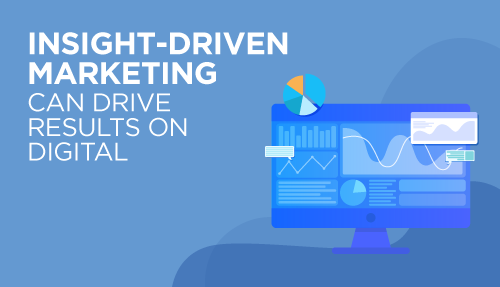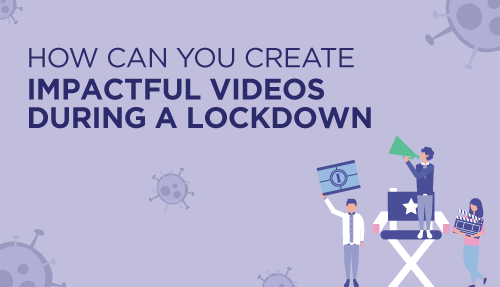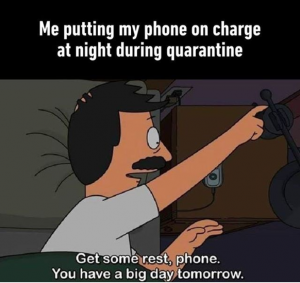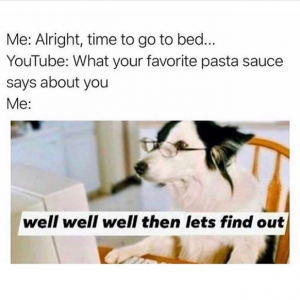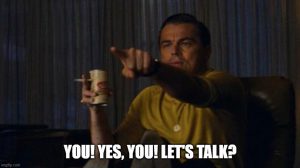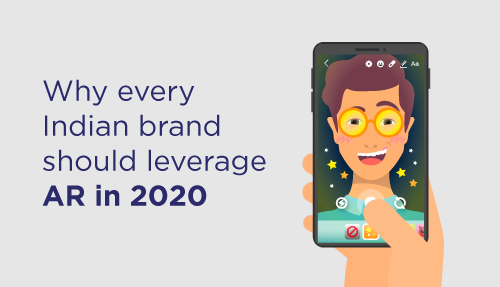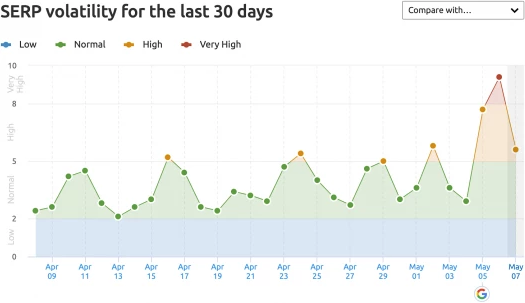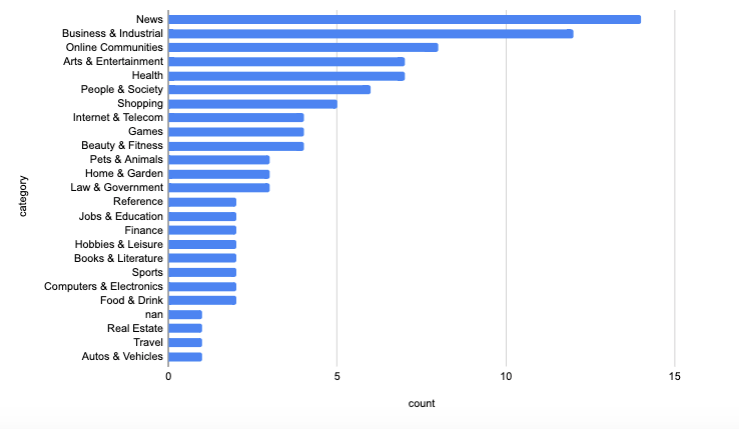Gone are the days when marketing used to be about intuition and gut feelings. Today, in a world where people use their phones for about 60% of their day, it’s extremely important for brands to understand what a typical day would look like in the lives of their consumers. What time would they wake up? What kind of breakfast would they prefer? Would they take a cab to work, ride a bike or drive their own vehicle? Where do they work? Do they come home to a nuclear family or a joint family?
The questions are endless, and while it may seem that brands are trying too hard to sell emotions rather than products, well it is true! Maybe it’s time to stop a moment and ask yourself, do you buy a product or do you buy the emotion attached to it?
It is because of this very fact, that brands are paying a lot more attention to deriving insights into their consumers and their lifestyles. Insight-driven marketing is nothing but tapping into your consumers at the right time and place with the exact communication that they would want to receive. Insight-driven marketing can help you navigate your way closer to your consumer, and it also plays a vital role in formulating strategic business decisions based on the marketing insights you receive from your consumers.
How Insight-Driven Marketing Can Help Build Your Brand
Get to know your consumers, as you’d like them to know you!
Understanding the demographics and habits of your consumers is not just a matter of numbers but is an art in itself. With an exhaustive insight-marketing driven approach you will be able to dive deeper into the following:
- What your consumers prefer,
- Which channels you will find them on,
- Are they likely to buy your products,
- Are your price points suitable to them,
- Do they resonate with your brand communication,
And many more such questions, which then allows you to optimize your marketing strategy to deliver the best results.
Here are an astonishing few facts that we found online from a study that dives deep into consumer behaviour –
Did you know?
55% of people interested in grocery online are men
51% of women are interested in social and casual gaming
60% of men are likely to be in-market for jewellery
56% of fathers online are interested in being a chef
Build your brand persona, one piece of communication at a time
Tapping into your consumer at the right time, using the right channel, with the right communication, can result in higher conversions, higher engagement and higher revenues in return. Many brands in today’s era are looking at diversifying their persona and communication, making it more personal and customised for their consumers. For example, a brand that’s available in Tier 1, 2 and 3 cities may want to communicate with their consumers in each tier differently, based on the kind of content each group resonates with, and the different channels each of them would be present on.
Cross-sell and Upsell to add more value to your consumers
Knowing the consumer behaviour and patterns through first-party data is crucial, helping brands cross-sell and upsell products that may add value to the lives of our consumers.
Being able to track their behaviour and journey helps us dive deeper into whether or not they would be willing to purchase more products at even a higher price.
Product development and business expansion decisions
If a brand initially thinks of venturing into a new line of services, building a new product or expanding the current business in different markets, these decisions can be made a lot stronger and effective if they are based on facts and insights taken from the marketing data and their consumer’s behaviour.
While all this may seem a tad bit overwhelming, here’s a step by step process on how you can go about analysing your data and putting it to effective use.
Step 1: Analyse the data that you have
While you may have run umpteen campaigns for your brand over the last year, giving you access to tons of data to look into, what’s really important is how you collate it, organise it and study the data. It’s extremely crucial to look for trends between your consumer demographics, age, gender, lifestyles and professions. For many brands, their data may not just end at consumer names, which cities they reside in, their age, profession and likes and dislikes, but also depend on which part of the communication did they most resonate with, that influenced their decision of buying the product or service.
Hence, for any brand that believes in connecting with their consumers, it is fundamental to understand:
- The Demographics of their consumer
- The lifestyle of their consumer
- Communication routes that they would prefer
- Creative routes that they would resonate with
Step 2: Learn and apply the marketing insights as you move forward
Let’s follow a simple rule: Gather data points ——> Derive marketing insights ——-> Jot down a way forward and implement
More often than not, marketing professionals pause at stage 2 – Which is deriving digital marketing insights from the data points. The key here is to apply all the insights to your campaigns and communication routes, which will, in turn, help the brand see improved business results and higher conversion rates, where consumers will start to resonate with the brand on a personal level.
Step 3: Reflect, Compare, Repeat
Once you have implemented the marketing insights, the key is to compare data, both past and present, to be able to optimise your campaigns and strategy as you keep going. This will help retrospect on whether you’ve seen a rise in the sale of products and services of your brand and how much your brand has benefited from your insight-driven marketing approach.
Case Study
Here’s one such example of insight-driven marketing implemented by us for Tata Mutual Fund’s – #NoToKatauti Campaign
Brief:
To drive investments for their ELSS (Equity Linked Savings Scheme) Fund between November to March – which is the period when people resort to filing their taxes in India.
Process to gain insights:
We asked a bunch of 20-30 people over calls and video conferences, on how, when and under what circumstances they file their taxes.
Insights:
- Most people in India file taxes in February and March, just a few weeks before the deadline
- Most people also file their taxes only when the fear of their salary getting cut arises to eat them up
- Most people hate not getting what they truly deserve, their income being one such factor
Hence from this very thought, stemmed the campaign idea of #NoToKatauti!
Consumer segmentation based on data and behaviour analysis:
We divided our audiences based on four major factors in India, namely people’s love for cricket, love for food, the housewife community, and students.
Not only did we first deliver the video to them that they resonate with most, but we also followed it up with the other three in line, creating a ripple effect and building tremendous brand recall.
Results:
38.1% increase in brand lift
216.2% increase in brand interest
13.1% increase in brand awareness
25% of leads from YouTube
Case Study
Here’s another example of insight-driven marketing implemented by India’s No.1 cookware brand, Wonderchef:
Brief:
To create brand awareness, strategize and devise a campaign for a good cause.
Insight:
We pulled out sufficient data to support the fact that the majority of men in India don’t cook, they don’t help out in household chores and they don’t have sufficient knowledge of ingredients. While we try to preach ‘Gender Equality’, are we really all that ‘Gender Equal’ as a country?
This very thought led us to create the campaign idea of #DearManHoldThePan.
Campaign Execution:
We got out on the street to ask men their thoughts and gather more information on whether they knew basic ingredients, herbs and how to even break an egg without ruining its yolk! And guess what? The results were hilarious, but very satisfying in terms of numbers, reach and the appreciation we received. Not only did this make our case point stronger, but also helped us develop more content, in the form of posts, influencer videos and a whole lot more!
Results:
Reach – 14 Million
Engaging about 3 Lakh Viewers
And we turned a whole lot of eyeballs!
Insight marketing to drive growth
Various examples have shown us time and again that personalised marketing is a digital trend that adds a whole different dimension and layer to any campaign or brand. By reflecting different facets of an audience’s personality, a product or campaign is bound to be a success. Relatability makes room for connection, and thus engagement, which is why marketing insights will never fail you. And with performance marketing, the insights only ever grow, enabling you to drive growth continually for your brand.

